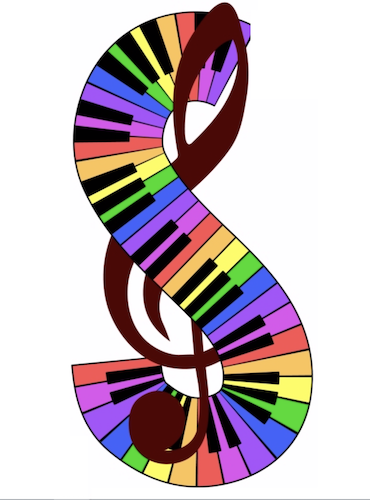Exploring the Essence of Indie Music: Its History and Contemporary Significance
Indie music, short for independent music, is a genre that has captivated music enthusiasts worldwide with its unique charm and artistic freedom. In this article, we will delve into the essence of indie music, tracing its roots, exploring its evolution, and highlighting its importance in today’s music landscape.
Defining Indie Music
Indie music refers to music created by artists who operate independently of major record labels. These artists often have full creative control over their work, allowing them to experiment with diverse sounds, lyrics, and themes. Indie music encompasses a wide range of genres, including alternative rock, folk, electronic, and more.
Historical Background
The origins of indie music can be traced back to the late 1970s and early 1980s when punk and post-punk movements emerged. Frustrated by the commercialization of music, artists sought to reclaim their creative autonomy. Independent record labels, such as Rough Trade and Factory Records, played a pivotal role in nurturing and promoting indie artists during this period.
The Rise of Indie Culture
The 1990s witnessed a surge in indie music’s popularity, with bands like Nirvana, Radiohead, and The Smiths gaining mainstream recognition while staying true to their independent roots. This era saw the emergence of influential indie labels like Sub Pop and Matador Records, which provided a platform for artists to reach a wider audience without compromising their artistic integrity.
Importance in Today’s Music Landscape
Indie music continues to hold immense importance in today’s music landscape for several reasons:
1. Artistic Freedom: Indie artists have the freedom to explore unconventional sounds, experiment with genres, and express their unique perspectives. This creative autonomy often leads to groundbreaking and innovative music that pushes boundaries.
2. Diverse Voices: Indie music celebrates diversity and inclusivity, providing a platform for underrepresented voices and marginalized communities. It catalyzes social change and offers a refreshing alternative to mainstream narratives.
3. Cultivating Music Communities: Indie music fosters vibrant and supportive communities, both online and offline. Independent labels, music festivals, and DIY venues create spaces for artists and fans to connect, collaborate, and discover new talent.
4. Discovering Hidden Gems: Indie music allows listeners to explore a vast array of talented artists who may not receive mainstream exposure. It encourages music enthusiasts to dig deeper, uncover hidden gems, and develop a more eclectic taste.
Conclusion
Indie music’s rich history and continued relevance in today’s music landscape make it a vital and cherished part of the industry. Its emphasis on artistic freedom, diverse voices, and cultivating music communities has shaped the way we experience and appreciate music. Whether you’re an artist or a listener, embracing indie music opens doors to a world of creativity, authenticity, and meaningful connections.
About the Author
Jeanette Joy Fisher, a former college Design Psychology instructor, founded Joy TV Network, Joy to the Home (Realty & Design), and Joy Publications, wrote 27 books and textbooks (2000 – 2006), flipped over 30 houses with her family, and was featured on TLC’s Flip That House. Connect with @JeanetteJOY on Twitter & LinkedIn.





